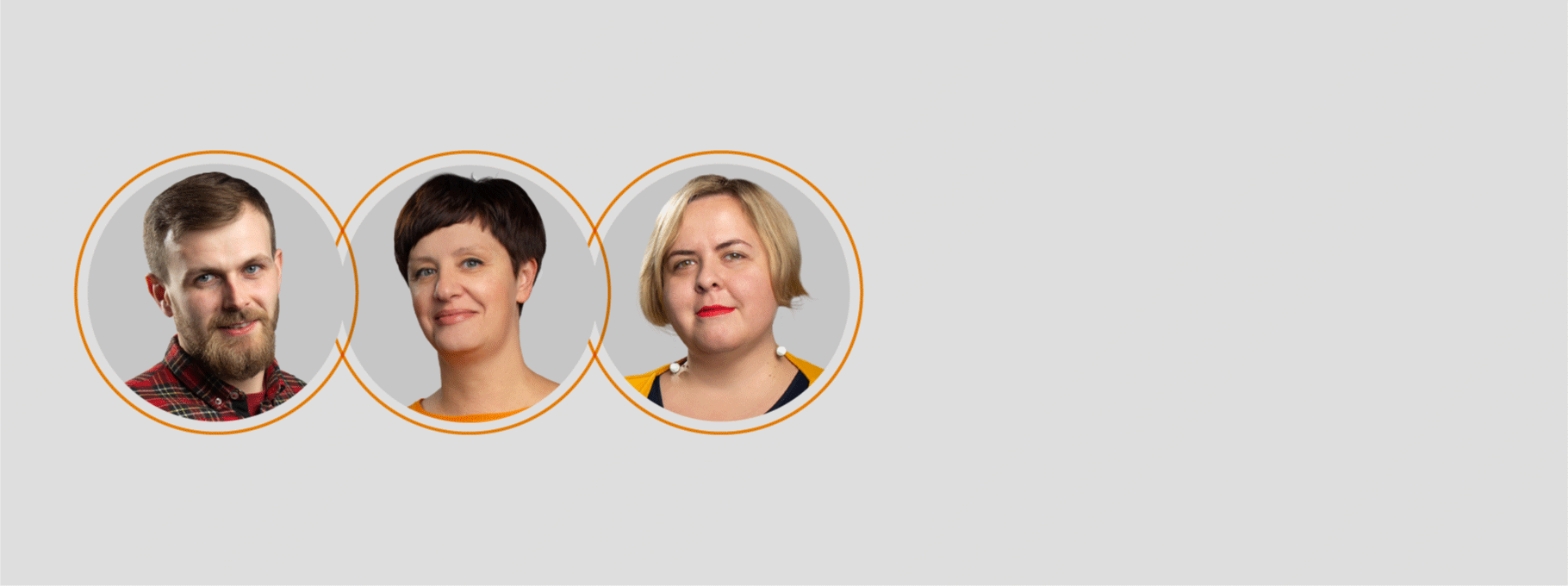Space Travel to the Solar System
Комунальний заклад «Яковлівський ліцей»
Мерефянської міської ради Харківської області
Відкритий урок з англійської мови
у 5 класі

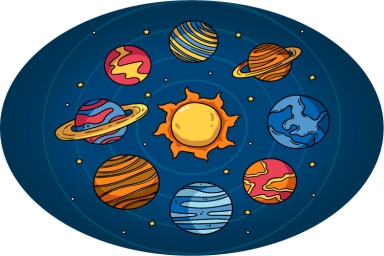
Підготувала та провела
Рудакова Ольга Іванівна,
вчитель англійської мови
вищої кваліфікаційної категорії,
старший вчитель
2021 рік
Procedure
I. Introduction.
1. Greeting.
Teacher: Good morning students! I am so glad to see you. How are you getting on? I’m glad that you are in a good mood.
2. Introducing into the language environment
Teacher: I want you to look at our blackboard. There are some pictures on it. Could you name them?
PLANETS ASTRONAUT
COMET ASTEROID
STAR ROCKET
II. The main part of the lesson.
1. The topic and the aims of the lesson.
Teacher: Our today’s lesson is unusual because we are going to have a space travel to the Solar System.
2. Motivation, connection with life.
Teacher: Space is so amazing and it can’t but attract. Are you ready for our trip?
3. Actualization of basic pupils’ knowledge.
Teacher: The Solar system is the place where we live. It contains the central star, which is called the Sun, eight planets with their own satellites, many comets, billions meteorites and thousands asteroids.
I’m giving you some pictures of the planet and when I call the name of a planet you shout raise the picture of a proper planet.
(Вчитель називає планети, діти підіймають відповідні малюнки. Вчитель дає коротку інформацію про планету.)
1) MERCURY
The closest planet to the Sun is Mercury. Mercury is hard to see from the Earth because it is so small and so close to the sun. The year on Mercury lasts 88 days.
2) VENUS
The second planet from the Sun is Venus. Venus, the brightest object in the sky except for the Sun and the Moon, is often visible for several hours just after sunset or before sunrise. The entire planet is covered by thick clouds. The year on Venus lasts 226 days.
3) EARTH
Our planet Earth is the third planet from the Sun. The only natural satellite, orbiting Earth is the Moon.
4) MARS
Mars is the fourth planet from the Sun. It is about twice smaller than the Earth. The year on Mars lasts 686 days. Mars appears reddish in our sky, even to the naked eye. Mars has two small moons.
5) JUPITER
The fifth planet from the Sun is Jupiter. Jupiter is the Solar System's largest planet. The Jupiter year is 11 years, 321 days long. Jupiter has 39 moons.
6) SATURN
The sixth planet from the Sun is Saturn. This planet has beautiful rings. The sixth planet has about 30 moons.
7) URANUS
Uranus is the seventh planet from the Sun. The planet has a system of at least nine rings. Both Uranus and Saturn belong to giant planets. Uranus has 21 satellites.
8) NEPTUNE
Neptune is the eighth planet from the Sun. It is the last giant planet of the Solar System. Neptune has 14 satellites.
4. Using of knowledge.
Teacher: Next task is to make a route of our trip. Now you should write all 8 planets in the right order. Watch the video and listen to the song. It will help you. Good luck!
(Video 1)
WE LIVE IN A SOLAR SYSTEM
We live in a solar system
In the centre is the Sun
All the planets move around it
We've seen every single one
Orbiting the big, bright sun
Orbiting the big, bright sun
Planets in our solar system
1,2,3,4,5,6,7,8
Telescopes, they help us see them
We've seen every single one
Orbiting the big, bright sun
Orbiting the big, bright sun
Mercury, Venus and Earth and Mars
And Jupiter and Saturn. Uranus too,
and don't forget that pretty blue Neptune.
We live in a solar system
In the centre is the Sun
All the planets move around it
We've seen every single one
Orbiting the big, bright sun
Orbiting the big, bright sun
Teacher: Let’s have a look at your results. (Вчитель перевіряє правильність виконання завдання). You’ve done a great job! We’ve got a route and now we need an intergalactic passport to travel in the Solar System. (Діти отримують шаблон паспорта і заповнюють його, вклеюють фото та картинку улюбленої планети).
Thank you for your answers.
5. Checking the home task.
Teacher: We start our trip with Earth. Let’s recall everything we have already known about our amazing planet.
(На дошці макет сонця, зелі та місяця. Діти читають текст, який було задано додому).
Reading.
Earth is the fifth largest of the eight main planets in the solar system.
It's the third planet from the Sun. The Sun is just one of many stars in the Milky Way Galaxy.
Earth looks blue from space because it is covered with water. There are four oceans on the Earth: the Pacific, the Atlantic, the Indian and the Arctic.
Earth is very old, it’s 4,600 million years. There are brown mountains, green hills, blue seas and lakes on it. Earth is heavy, it weighs 597 million tons. The Moon is the nearest neighbor of Earth. People, animals and birds live happily on Earth.
Listening.
True or False sentences.
(Вчитель читає речення, а учні підіймають сигнальні прапорці)
- Earth is a big star in the Solar System. (F)
- Our planet is the fifth largest planet of the eight main planets in the Solar System. (T)
- The Sun is just one of many stars in the Milky Way Galaxy. (T)
- Our planet has three moons. (F)
- Earth is the second planet from the Sun. (F)
- Our planet is very old and heavy. (T)
Teacher: It was great. You are real astronauts and you’ll get the medal of true cosmonauts.
(Вчитель роздає дітям медалі)
6. Developing pupils’ knowledge and skills.
Teacher: The next object we are going to explore is the Moon. Read the text and do the task below.
Reading and writing.
The moon is not a planet. It goes around our planet earth. It's made of rock. There are seas on the moon but there isn't any water in the seas. There isn't any weather on the moon. It isn't windy there and it never snows or rains. The moon is smaller than earth. Sometimes it looks big, sometimes it looks small. When it's big and round, it's called a full moon. When it's very small, it's called a new moon.
The first men on the moon were Neil Armstrong and Edwin Aldrin. They landed on the moon on July 20th 1969 and they walked around for two hours.
Answer the questions.
1 What's the moon made of?___________________________________
2 Can you swim in the seas on the moon? ___________________________________
3 Does it rain on the moon?______________________________________________
4 Which moon looks bigger, a full moon or a new moon?_____________________
5 When did Neil Armstrong and Edwin Aldrin land on the moon?________________
Teacher: Move on our trip! We are going to visit each planet of the Solar System.
(Video 2.
Після перегляду вікторина на узагальнення вивченого матеріалу)
Teacher: To complete our trip we have to play a game. It’s a quiz. I’ll ask you questions about the planet of the Solar System, who knows the answer should ring the bell in front of you.
1. Which planet is the closest to the sun? (Mercury)
2. Which planet is the biggest in the Solar System? (Jupiter)
3. Which planet has 27 moons? (Uranus)
4. Which planet is the hottest among the planets of the Solar System? (Venus)
5. Which planet is often called the Red Planet? (Mars)
6. This planet is known as the blue planet. Which planet is it? (Earth)
7. This planet has the tallest mountain in the Solar System. (Mars)
8. After the moon, it is the brightest planet in the night sky. (Venus)
9. This is the planet you live on. (Earth)
10. Which planet is the smallest in the Solar System? (Neptune)
11. Which planet is the coldest? (Uranus)
(Підведення підсумків, визначення переможця)
III. Ending of the Lesson.
1. Summing up.
Teacher: Our lesson is coming up to the end.
2. Reflexion.
Teacher: Did you like the lesson? What did you like the most? By the way, could you recall sweets that have names connected with space? (Mars, Milky Way)
(The teacher gives sweets to the children)
3. Home assignment. (1 min)
Teacher: Open your mark books and write down the homework.
(Handout)
Task 1. Crossword
1. Down: 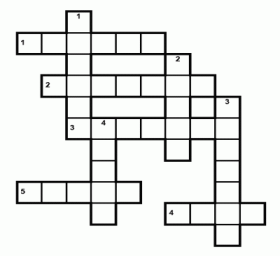
This planet is a gas giant. It has rings.
2.This planet is the second from the Sun.
3.This planet is the closest to the Sun and the smallest in the Solar System.
4.This planet is the third from the sun. This is the planet we live on.
Across:
1.This is the seventh planet from the Sun.
2.This planet is the largest in the Solar System.
3.This planet is the furthest from the Sun.
4.The colour of this planet is red.
5.It used to be called the ninth planet in the Solar System.
Task 2. Read the text and label the planets.
The planet nearest to the sun is Mercury. It's the fastest planet. It goes around the sun very quickly. But it is not the hottest planet. Venus is the hottest planet and it is second nearest to the sun. The third planet is Earth. It's the most beautiful planet in the solar system. The next planet is Mars. It's smaller than Earth.
The first four planets are made of rock. Next to Mars is the biggest planet, Jupiter. It's made of gas, not rock. Jupiter hasn't got one moon like Earth, it's got sixteen! The planet with the most moons is Saturn. It's got more than sixty moons! It's the sixth furthest from the sun and there are rings round it. They're rings of ice! Next is Uranus. It's four times bigger than Earth. Then comes Neptune. It's blue and beautiful. There are often storms on Neptune. The last planet, furthest from the sun, is Pluto. Pluto is the smallest planet. It's smaller than our moon and it's the coldest planet too. Some people think Pluto isn't a planet because it's very small.
4. Evaluation.
Teacher: You worked well during the lesson. It was pleasure to teach you. Thank you. Open your mark books. I’m going to put down the marks according scores you have got (teacher puts marks and comment them).
5. Parting.
Teacher: The lesson is over. Thank you. Good bye.
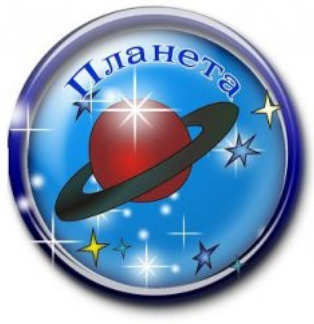

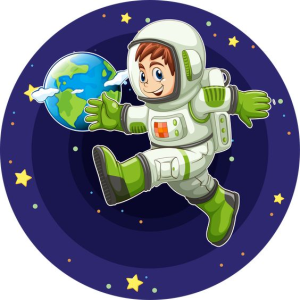

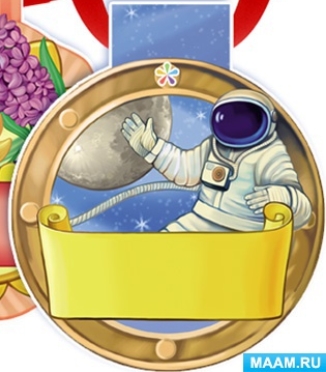


про публікацію авторської розробки
Додати розробку
